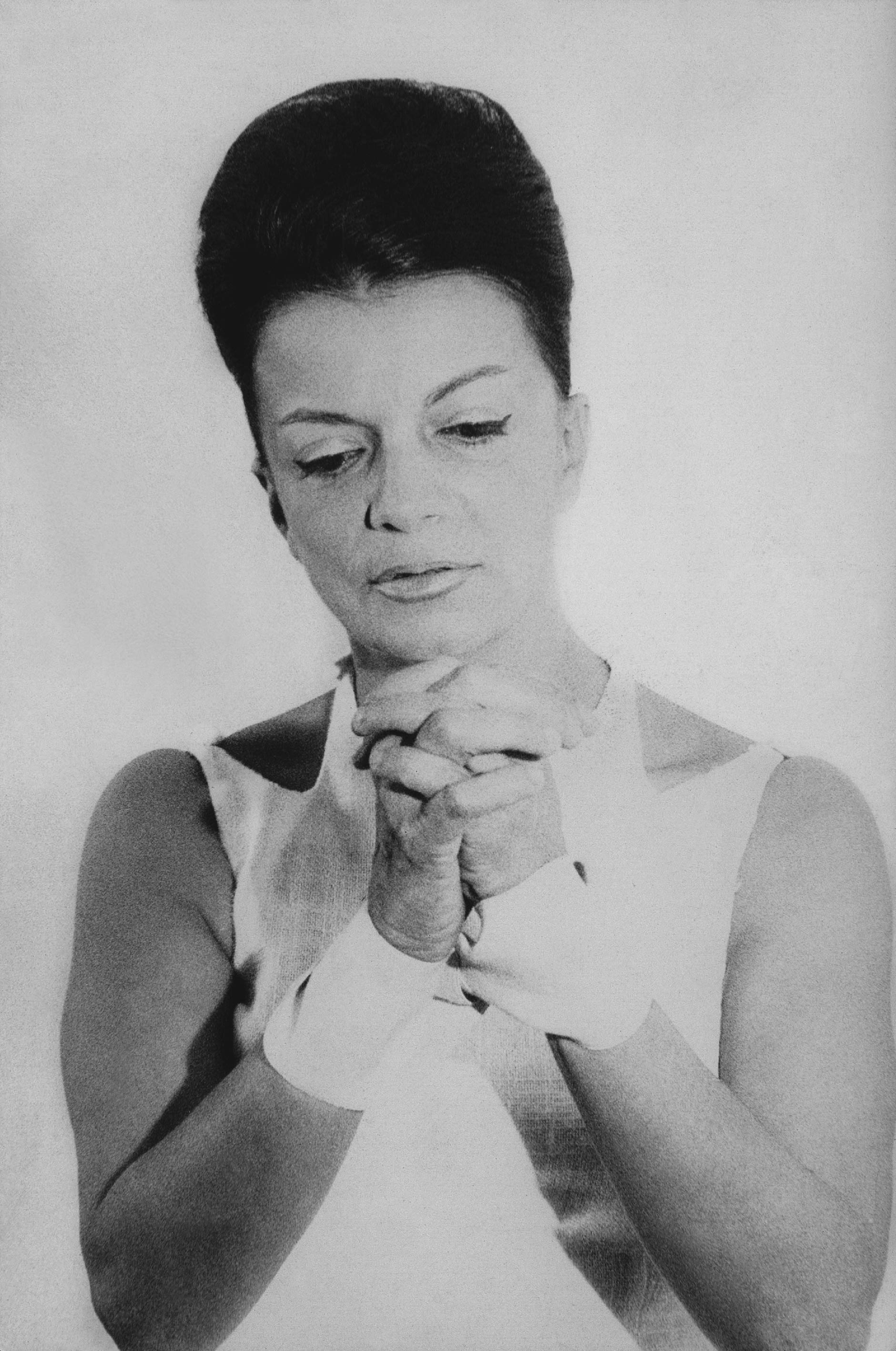
After 1970, in her quest to expand the horizons of art and grant greater centrality to the body, Clark’s interest in psychoanalysis deepened. She developed a therapeutic method through her relational objects, with actions carried out in controlled environments for a certain time in accordance with her instructions. The artist dictated propositions to be fulfilled by a group of people in order to underline the experience of physical space, the interaction with the object, and the relation with others.
Lygia Clark went further than performance, using the notion of sensory to liberate a certain knowledge linked to the unconscious from the non-object. Her legacy spread to other Latin American artists who have worked on the body, such as Ernesto Neto, who creates multisensory works and environments and invites the viewers to experience these living spaces with their own bodies, senses, and minds. Another Brazilian artist, Anna María Maiolino, makes multidisciplinary works that revolve around the body, the gesture, and psychology, sometimes with heavy political commentary, while the Cuban artist Ana Mendieta used her own body as a central element of her performances, quasi-rituals in which the female body is unified with nature.
As part of the Didaktika project, sponsored by BBK, the Museum offers educational spaces, online content, such as Did You Know…?, and special activities that complement the exhibitions with tools and resources to improve your understanding and appreciation of the artworks on view.

